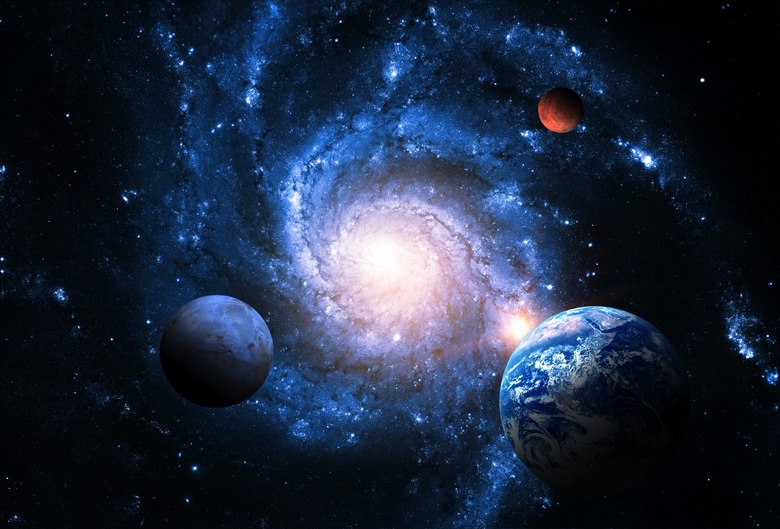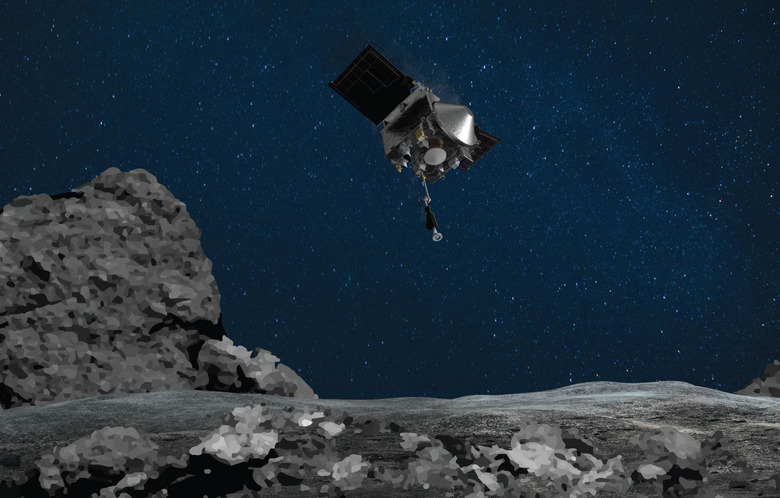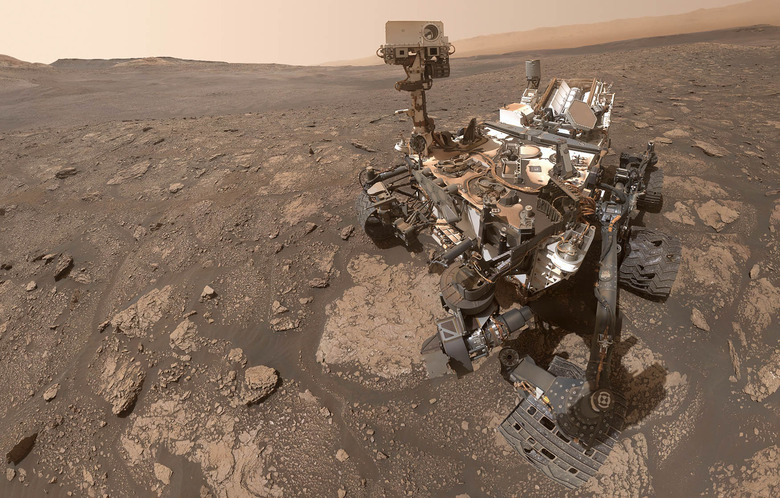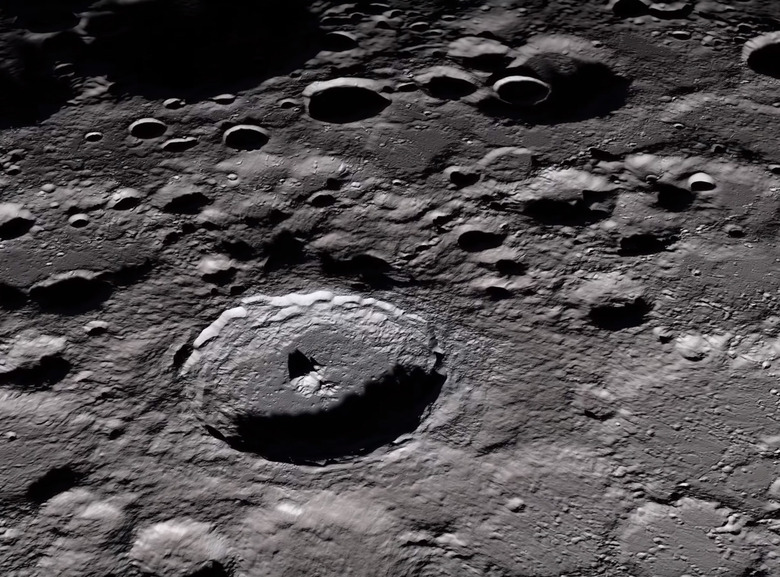NASA Just Extended These 8 Planetary Science Missions
NASA has extended a total of eight planetary science missions after careful evaluation of each one. The missions extended include the Mars Odyssey, Mars Reconnaissance Orbit, MAVEN, Mars Science Laboratory (and the Curiosity Rover), InSight lander, Luna Reconnaissance Orbit, OSIRIS-REx, and New Horizons.
Repurposing for new missions
NASA says it completed a "thorough evaluation" of each of the eight planetary science missions that it extended. The new goal is to continue those missions as long as the spacecraft involved remain healthy. Overall, the missions are being extended for three years. However, NASA did note that OSIRIS-REx is being extended nine. Additionally, InSight will only be continued until the end of 2022, unless electrical power allows for longer operation times.
NASA says that OSIRIS-REx, or The Origins, Spectral Interpretation, Resource Identification, Security-Regolith Explorer is on its way back to Earth. It will then deliver asteroid samples taken from Bennu in 2020. OSIRIS-REx PI, the current primary device on the mission, will remain in place for the time being. However, a newly named OSIRIS-APEX, or OSIRIS-Apophis EXplorer, will continue on a new mission.
Studying Mars further
Further, the Mars Atmosphere and Volatile Evolution mission, also known as MAVEN, will continue to study the Martian atmosphere. This planetary science mission will observe the Sun's activity level as it increases towards the end of its solar cycle. NASA says this should help us better understand how Mar's upper atmosphere and magnetic field interact with our star.
NASA also extended the planetary science mission of the Mars Science Laboratory and its Curiosity Rover. The MSL and Curiosity have taught us a lot about the Red Planet. Now, NASA is extending that mission for the fourth time as the MSL climbs to higher elevations of the Gale Crater. This will allow it to explore critical sulfate-bearing layers of the crater. NASA hopes that will give us unique insight into the history of water on the Martian surface.
The InSight landed on Mars in 2018. Since then, it has monitored active seismic behavior on Mars. NASA says that its monitoring of "marsquakes" has yielded unique information on the interior, formation, and current activity of the planet. Unfortunately, NASA is unsure how long this planetary science mission will be extended. That's because dust levels around the InSight have shielded its solar panels from receiving critical solar energy.
Mars Odyssey and the Mars Reconnaissance Orbiter are also receiving extensions. NASA says it will use both to continue its studies of the Martian planet. All of that data will be pivotal in helping us one day put humans on Mars.
Lunar missions and New Horizons
NASA also extended the planetary science missions for the New Horizons, which flew past Pluto in 2015. This is the second time NASA has extended the New Horizons mission. This time will explore the solar system out to 63 astronomical units from Earth. NASA said it will share additional details about its plans for the New Horizons down the line.
The Lunar Reconnaissance Orbiter, or LRO, also had its mission extended. The orbiter will now study new regions away from the poles of the Moon. The LRO has played a pivotal role in helping NASA understand the geology of our moon. Part of its new planetary science mission will include studying the Permanently Shadowed Regions of the Lunar surface expected to house water ice. This mission will also help with NASA's plans to put humanity back on the Moon.
NASA extended each planetary science mission for good reasons. Together, they should help us learn even more about space and the planets in our solar system.



